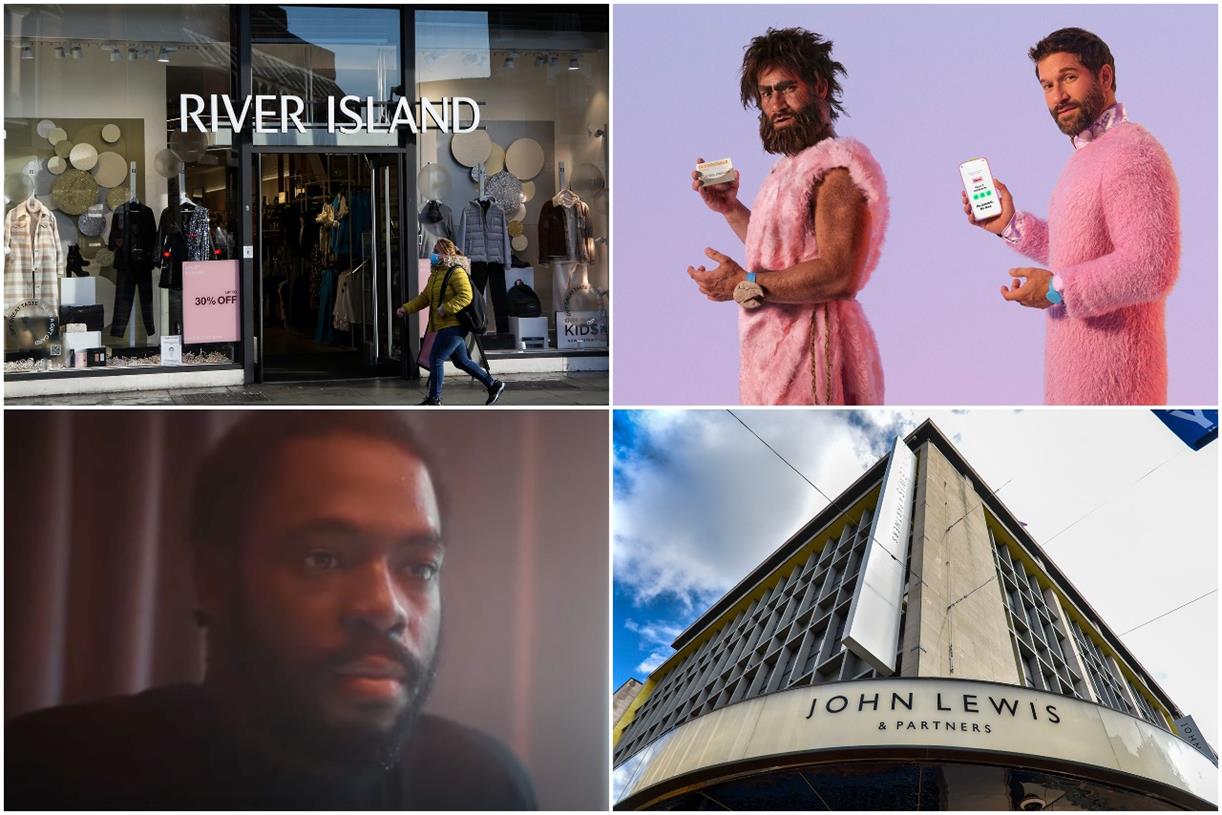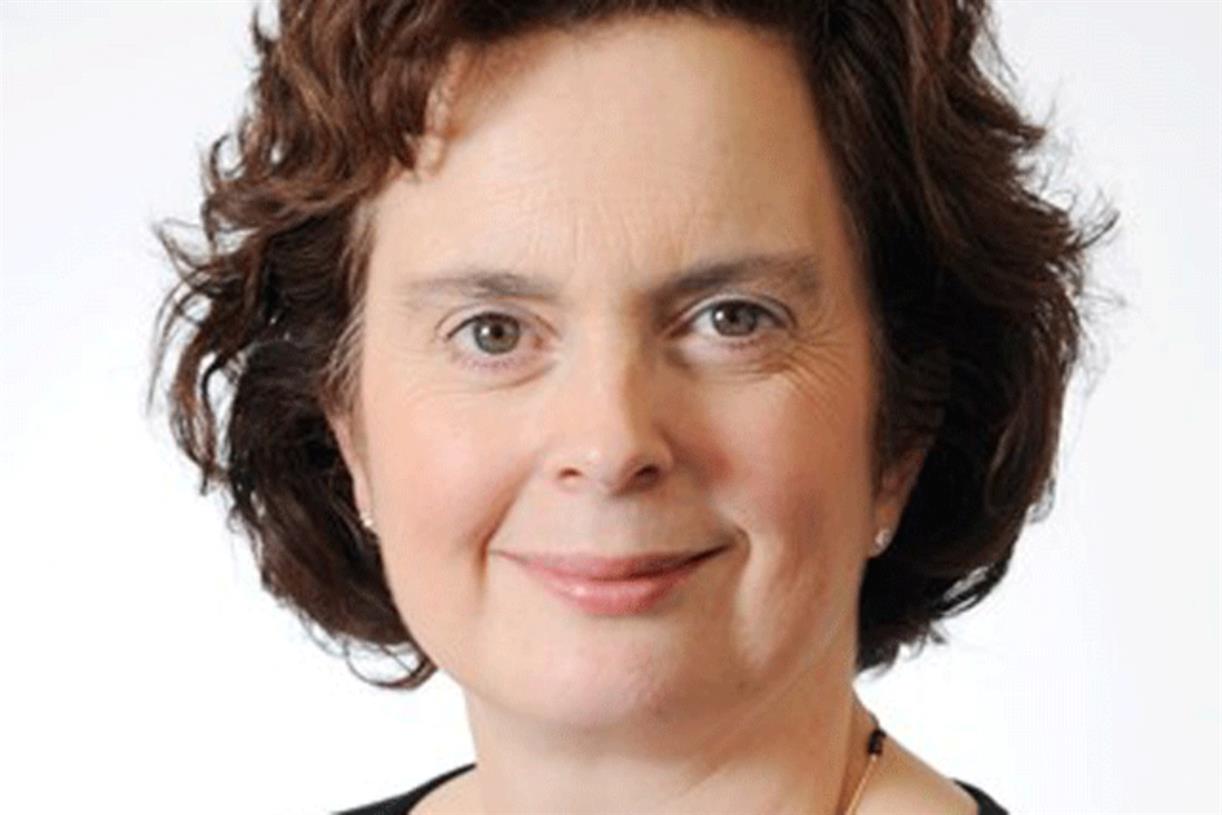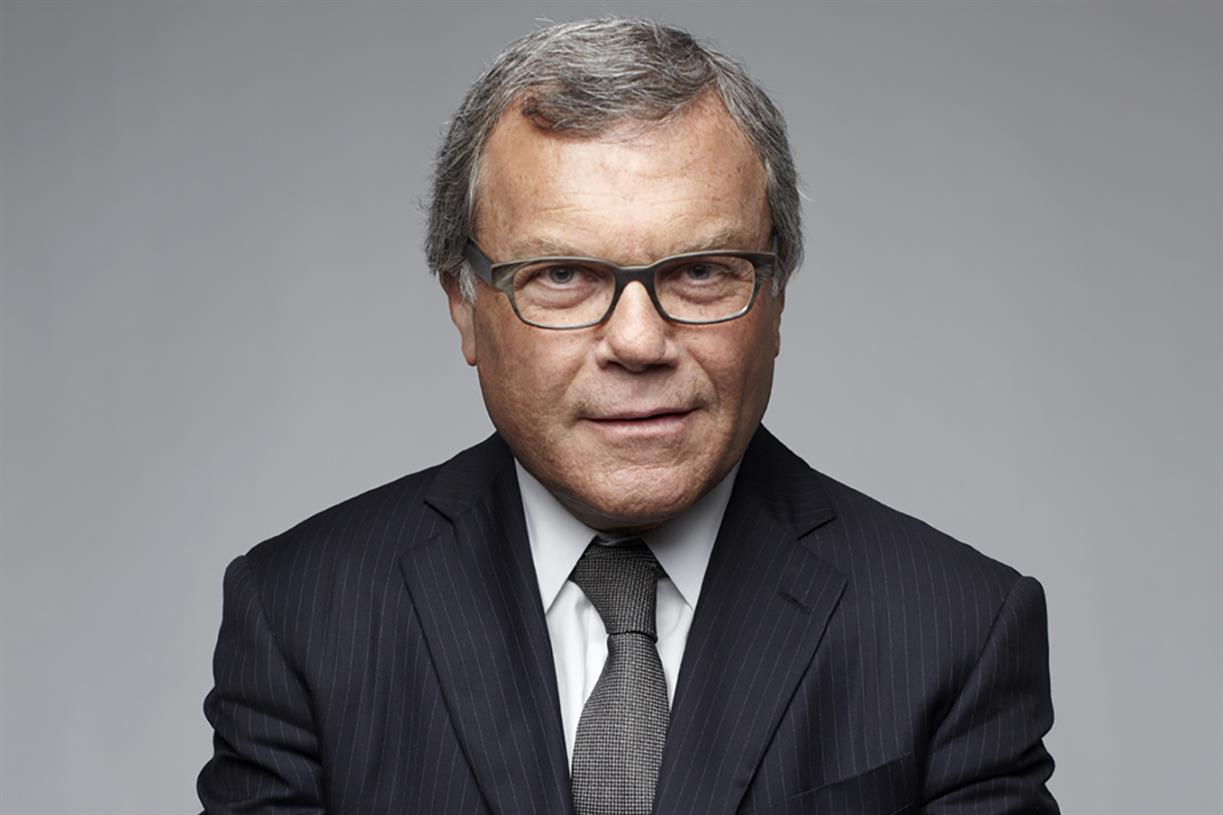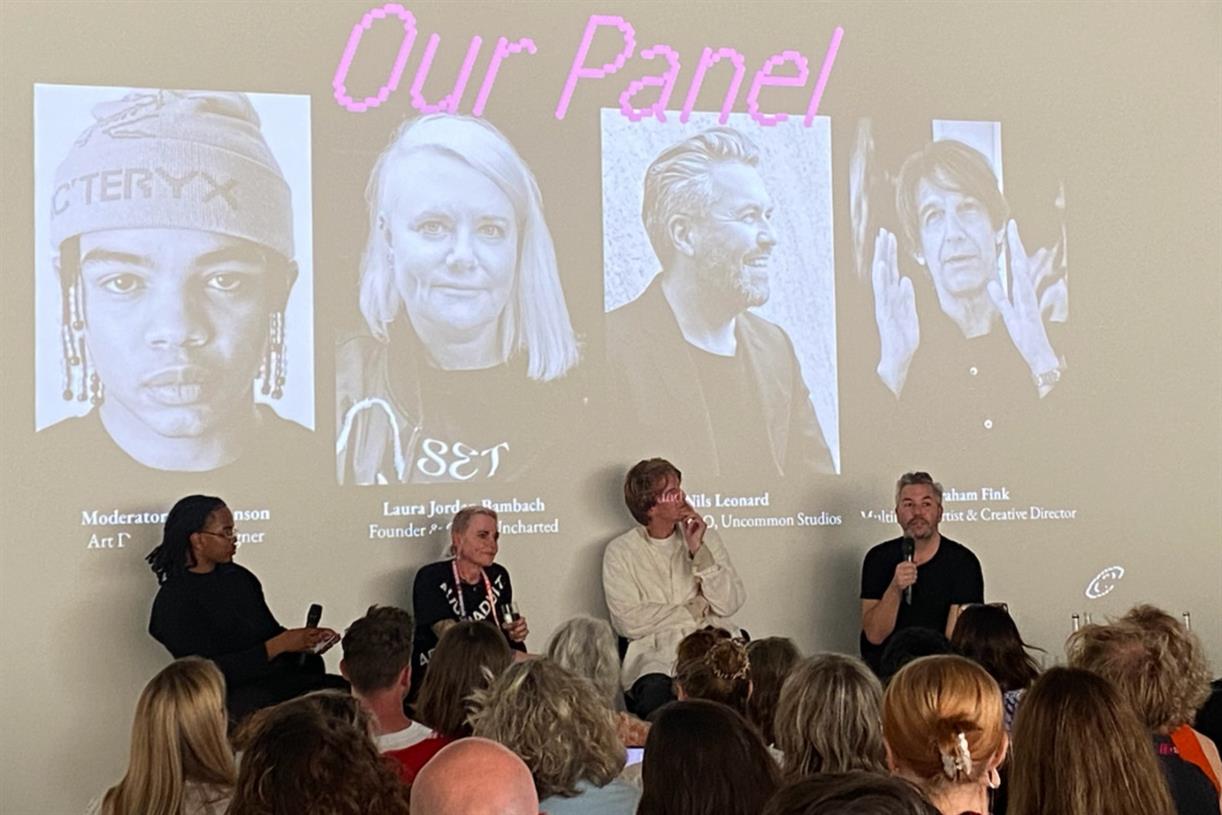Snapchat Shares Insight Into the Performance of Direct Response and Brand Campaigns
Some new considerations for your Snapchat campaigns.

As part of its broader effort to increase ad spend, and get its business back on track, Snapchat has been looking to better highlight the performance of its ad products across different sectors, with a particular focus on sectors that you may not expect to be a hit with Snap users.
Last year, for example, Snap shared data on Snapchat ads performance in the financial services vertical, which showed that both brand and direct response campaigns perform well in the app.
But what about other verticals, do they perform as well with Snap promotions?
To test this, Snapchat recently commissioned another marketing mix modeling (MMM) report which examined 3 years of Snap ads data, incorporating 36 advertisers in five different verticals, at a total of more than $15 billion in total ad spend.
Those verticals were:
Commerce Tech Telecommunications Travel Quick service restaurantSome of these are the types of brands you would actually expect to perform well in the app, though telcos and travel could be less of a focus, given the younger audience skew.
The final results indicate that Snap is, and can be, a powerful driver of performance, for direct sales and awareness, which could provide you with some additional food for thought.
First off, on ROAS, the data shows that Snapchat drove the highest return relative to all marketing channels for 3 out of 5 verticals, and outperformed paid social (in aggregate) across all categories.

As per Snap:
“What does that mean for advertisers? Not only does Snapchat drive ROAS, but it does so disproportionately more than competitors. For every dollar spent on Snapchat, brands across a variety of categories should expect above average ROAS.”
Of course, scale is relative in this respect, and you would assume that, eventually, at some level of ad spend, these results would even out. But Snap further notes that, according to the analysis, brands could actually increase their Snap ads spend by up to 33%, and they’d still continue to drive strong results.

I’m fairly skeptical of estimations like this, as they assume a lot in predicting broader response patterns. But based on the data available, the figures do indicate that Snap advertisers could improve their results by increasing their ad budgets in the app.
The data also shows that branding campaigns can also work on Snap, and are particularly effective in conjunction with direct response promotions.

These are some interesting notes, and while the specifics do matter, and the quality of the ads included in the test will relate to the final results, it is worth noting Snap’s relative performance in different sectors, and for different objectives.
You can check out Snap’s full report here.

 ValVades
ValVades 
































